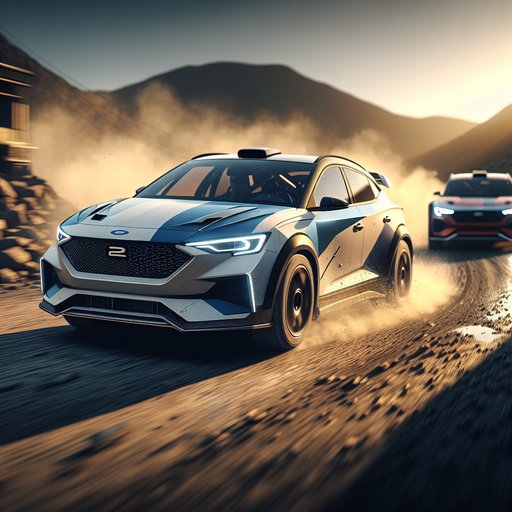
We spent three days comparing three fresh-faced luxury sports coupes on the same loop of mountain switchbacks, a freeway commute, and a short circuit. The brief: blend speed with daily civility. Our contenders span hybrid-boosted precision (Porsche 911 Carrera GTS), all-wheel-drive muscle (Mercedes-AMG GT 63), and rear-drive theater (Aston Martin Vantage).

We spent two weeks evaluating a 2024 Subaru Forester Premium in sustained cold, from powder to refreeze glaze, to gauge snow traction, cabin heating, and cold-weather reliability in real-world commuting and unplowed backroads.

Ford reasserted its World Rally Championship presence through M-Sport, first by capitalizing on the 2017 rules reset with the Fiesta WRC and later by committing to the hybrid Rally1 era with the Puma. The program has delivered headline wins while fighting resource-rich rivals Toyota and Hyundai across changing technical landscapes.

On winter mornings and dusty afternoons, the same badges found on commuter cars have chewed through snowbanks and skimmed over crests, their silhouettes familiar even beneath mud and headlamp pods. They belong to ordinary manufacturers—brands with minivans and hatchbacks—who learned to make their steel sing on hostile roads. Follow the tire marks and you find a story of how everyday shapes became rally legends, turning dealership stock into trophies and towns into stages. It’s all there in the spray of slush at Monte Carlo, the woodsmoke hanging above Welsh forests, the hiss of anti-lag bouncing off Alpine rock. The cars are recognizable; what they did with that recognition changed motorsport.



































































